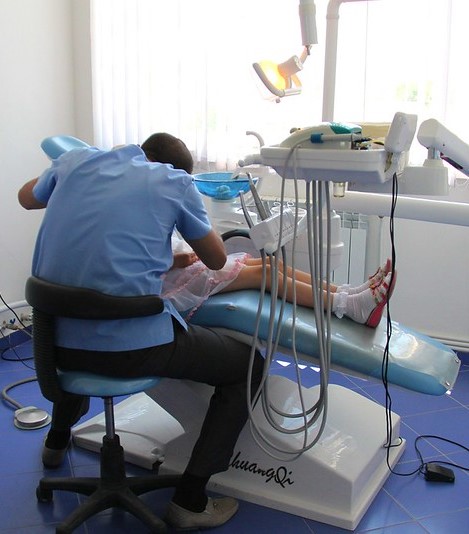
A retrospective study of US national data shows that dental antibiotic prescribing rates remained unchanged from 2012 through 2019, US researchers reported yesterday in Infection Control & Hospital Epidemiology.
Using data from the IQVIA Longitudinal Prescription Data set, researchers evaluated the total number of antibiotics prescribed by US dentists, the mean days' supply of antibiotics, and the annual provider-based antibiotic prescribing rate from 2012 through 2019, a period that saw revised guidelines for dental antibiotic prescribing and implementation of targeted antibiotic stewardship efforts in US dental settings.
Previous research has shown that roughly 10% of US outpatient antibiotic prescriptions are written by dentists, with penicillins accounting for 70% of all dental antibiotic prescriptions.
Amoxicillin, clindamycin most often prescribed
A total of 216 million antibiotics were prescribed by 241,106 dentists from 2012 through 2019, many of them for male patients (55%) and those aged 40 to 64 years (42%). The average provider-based prescribing rate for all antibiotics over the entire study period was 142,155 prescriptions per 1,000 dentists per year, with no significant trends observed. Amoxicillin and clindamycin were the most prevalent antibiotics prescribed (62.8% and 14.2%, respectively).
Significant increases in the prescribing rate were observed among dentists in the Northeast and among endodontists, periodontists, prosthodontists, and oral and maxillofacial surgeons. But the analysis also found that the mean days' supply of antibiotics declined over the study period by 0.023 days per 1,000 dentists per year, a finding the study authors say indicates fewer doses of antibiotics prescribed by dentists circulated in the community and that dentists are following recent guidelines recommending shorter durations.
Efforts to improve unnecessary prescribing by dentists and targeting dental specialists and prescribing of clindamycin may decrease overall antibiotic prescribing.
The authors note that the findings are discordant with medical clinician prescribing trends, which suggests more emphasis on stewardship is needed.
"Antibiotic stewardship efforts to improve unnecessary prescribing by dentists and targeting dental specialists and prescribing of clindamycin may decrease overall antibiotic prescribing rates by dentists," they wrote.















